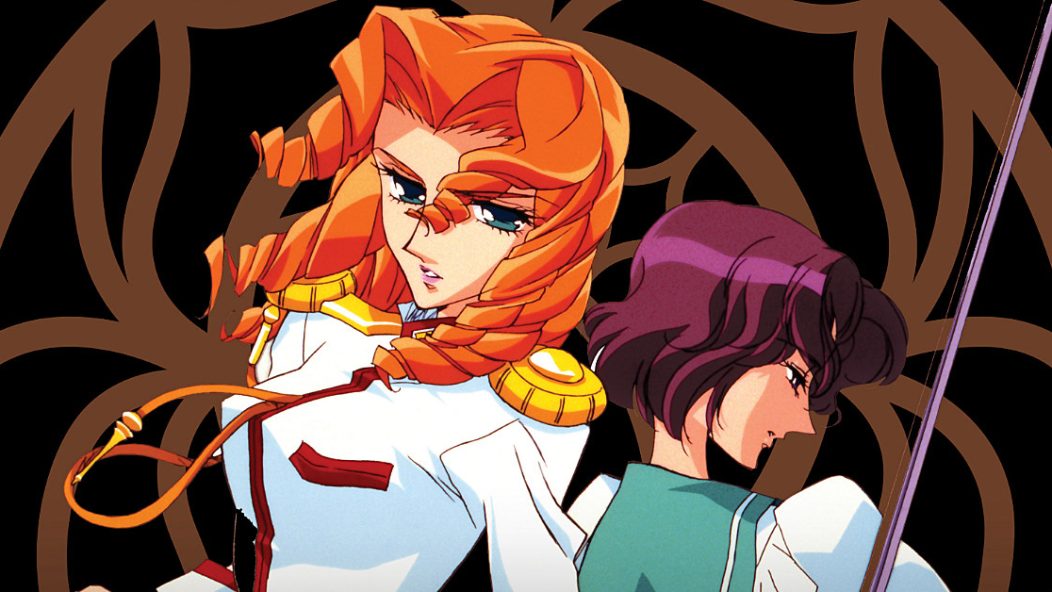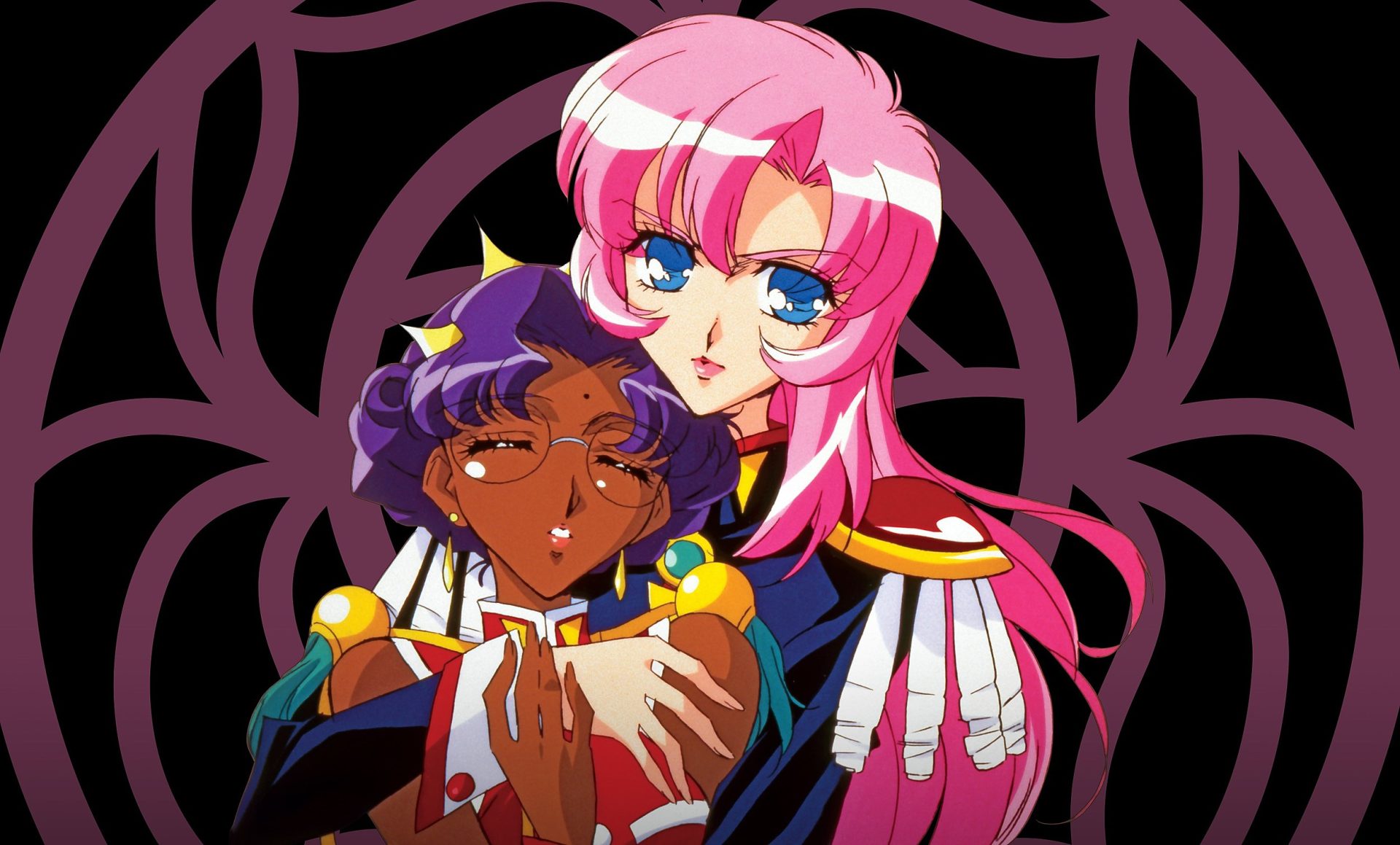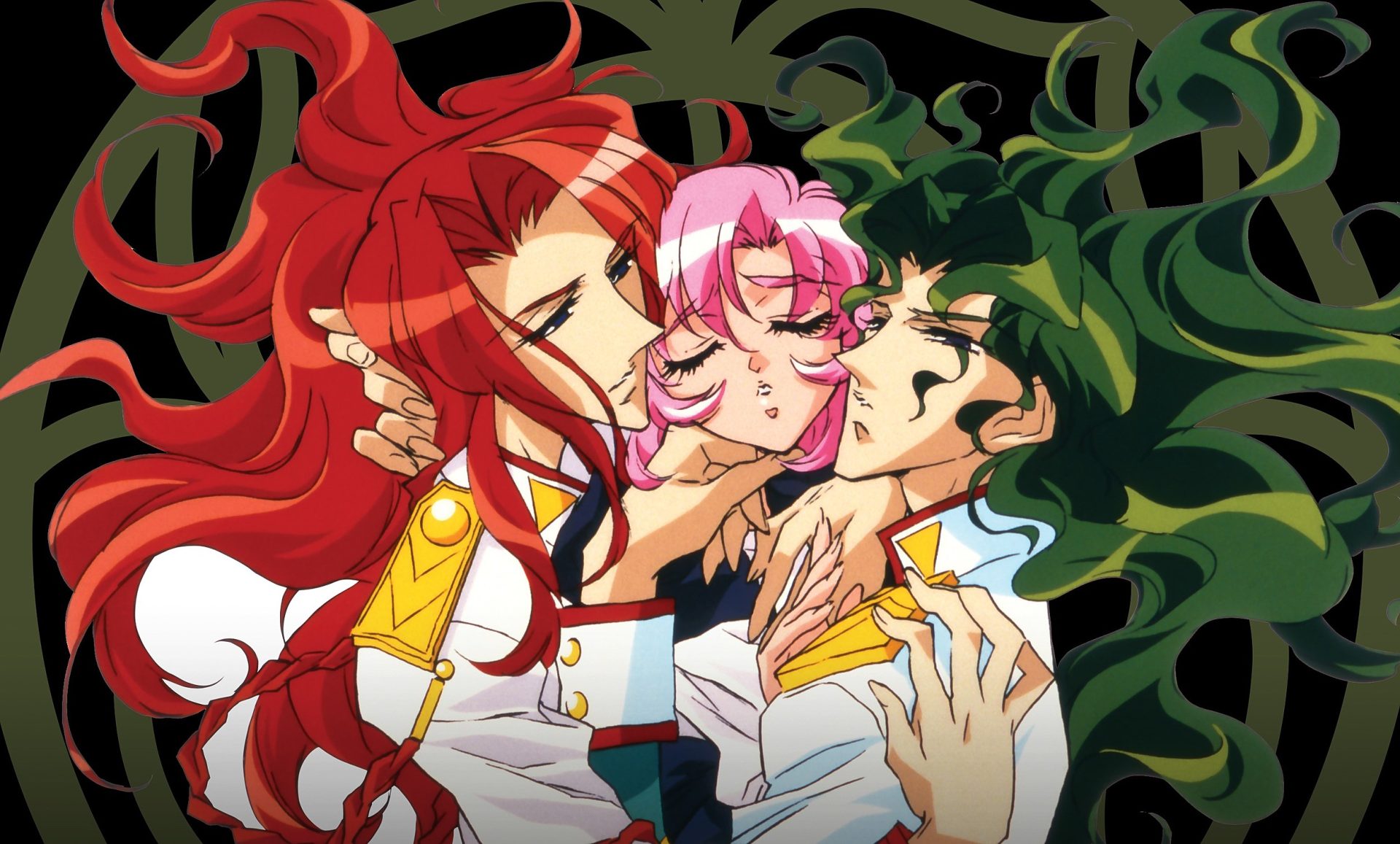
Why magical girl anime has always been trans
There’s a term in “very online” trans communities that functions as a variation on coming out of the closet. This term, “egg,” is used to describe someone who isn’t out yet: The early usage of the term was centered around people who quote-unquote don’t know they’re trans even when they are, or who are in denial about it for some reason or another. And the egg hatching is the equivalent of coming out.
Throughout the 1990s, the magical girl anime was in the midst of a transformation. Sailor Moon, which first aired in 1991, was at the forefront of changing the genre: the powers of its eponymous protagonist included the ability to transform into a magical girl in order to fight. This was a notable shift from the earlier hallmarks of the genre, where the magical powers of the characters mostly existed as a tool of comedy. In 1997, Revolutionary Girl Utena aired a single, 39-episode season. Broadcasting just as the original run of Sailor Moon was coming to an end, Utena took these newly established conventions in a different direction, transforming them yet again.
Read more: TiaCorine is crafting her own superhero anime trap world
There’s a recurring speech in Utena about the necessity of cracking an egg in order to find liberation. Touga Kiryuu, the head of the show’s enigmatic Student Council — a series of duelists who fight for the hand of the Rose Bride — often echoes the refrain that “If it cannot break its egg’s shell, a chick will die without being born. We are the chick. The world is our egg. If we don’t crack the world’s shell, we will die without being born.” Whether or not the etymology of the 21st century “egg” is rooted in the politics of this ‘90s anime or not, seeing these two ideas side-by-side offers a way into the trans ideas that exist through Utena, and magical girl anime as a genre — a beam of light coming through a cracked shell.
From the very beginning, Utena is a show that challenges the idea of how gender should function. After the titular character is saved by a mysterious prince following the death of her parents, Utena strives to be a prince herself. By challenging the idea that a girl should wish to be a princess, Utena’s desire sets the show up for a continued interrogation of gender; taking on everything from school uniforms to the politics of power.

[Photo via Funimation]
At the core of Revolutionary Girl Utena is the relationship between Utena and the mysterious Anthy. Like a lot of anime set in schools — think My Hero Academia, Kill La Kill, or Kakegurui — Utena features a powerful, enigmatic Student Council. At Ohtori Academy, the Student Council is comprised of duelists who vie for the hand of Anthy, the Rose Bride. After Utena “wins” the Rose Bride after her first duel, the development of the relationship between the two characters becomes the vehicle through which the show explores both queer desire, and the subversion of gender. At first, Anthy exists as the polar opposite of the headstrong Utena As the Rose Bride, Anthy must do whatever the current champion duelist asks of her, an embodiment of the idea that femininity and womanhood are synonymous with submissiveness. The difference between the two is emphasized through the way they dress from the get-go: Utena is insistent on wearing a male uniform, something that becomes even more revealing about her at the end of the anime’s Student Council Arc.
Utena’s relationship with her uniform is a reflection of her sense of self; the more self-assured Utena feels, the more openly she challenges gender norms at Ohtori Academy. There’s a world of difference between the Utena who takes Anthy to a school dance, embodying ideas of masc self-confidence and prince-like romanticism, and Utena in the wake of a fateful duel that costs her the hand of the Rose Bride. These moments of defeat reinforce the complex relationship that the show has with gender; Touga says to Utena that “even though you fancied yourself to be a prince, you were just a girl,” causing her to fall into a depressive spiral in which she keeps telling herself “have to be normal, have to be normal.”
The gendered dynamic of the uniform — and how hollow Utena seems without it at the end of the Student Council Arc — is echoed in how the character and the show relate to the idea of being a prince. In a low moment, Utena wonders if “maybe a girl can’t really be a prince,” and in climactic moments of the duels for the Rose Bride, the image of the prince’s body is superimposed alongside Utena; one an extension and echo of the other, revealing the ways in which Utena’s relationship to gender — through clothes, her relationships, and the things that she aspires to — in a way that feels uniquely trans.
While Utena is more explicit in the ways in which it explores and challenges ideas around gender, these ideas exist throughout the magical girl genre. Broadly, one of its touchstones is something that feels specific to trans-ness: the magical act of transformation itself. While the post-anime film The Adolescence of Utena approaches this in a way that’s more abstract — Utena quite literally transforms into a car — other shows in the genre use it to showcase the possibility of transcending gendered expectations and binaries.

[Photo via Funimation]
Throughout the ‘90s, magical girl anime became increasingly concerned with this idea of physical transformation, and the idea of challenging binaries. At the forefront of this is Sailor Moon, which sees the titular character and other Sailor Guardians use magical transformations as a way to access their power. This act of transformation is used by characters throughout the show as a way to transcend binary ideas of gender. The Sailor Starlights — a counterpart to the Guardians led by Sailor Moon ˘— are male when in their civilian forms. The gulf between civilian and Sailor Starlight is a stark difference when comparing the manga to the anime. In the manga, their male forms are known as cross-dressing, but it takes on a different dimension on screen. In the anime, these forms are a fully biological disguise, meaning that transforming from a male-presenting civilian to a female-presenting Sailor Starlight becomes a transition.
Utena and these other shows not only challenge the idea of a gender binary, but embrace the idea that moving away from it is something that’s full of potential, and — sometimes literally — power. It’s through changing into women that the Sailor Starlights gain access to power, and the mystical Sword of Dios is wielded by Utena because she proves herself to be a true prince. Touga’s monologue on “smash[ing] the world’s shell” speaks to both the revolution hinted at in Utena’s title, but also to a distinctively trans perspective. What Utena and the recurring image of a shattered egg reveal is the potential for revolutionary acts that come in the wake of people being able to explore and define gender on their own terms. The beauty of a show like Utena is that it never suggests that there’s a right answer when it comes to self-expression, instead illustrating that what matters is the space to define that expression in nuanced, individual ways. It’s never just one egg that needs to be shattered, but the world’s egg, exposing the potential for trans-ness and revolution that lingers beneath the surface.








